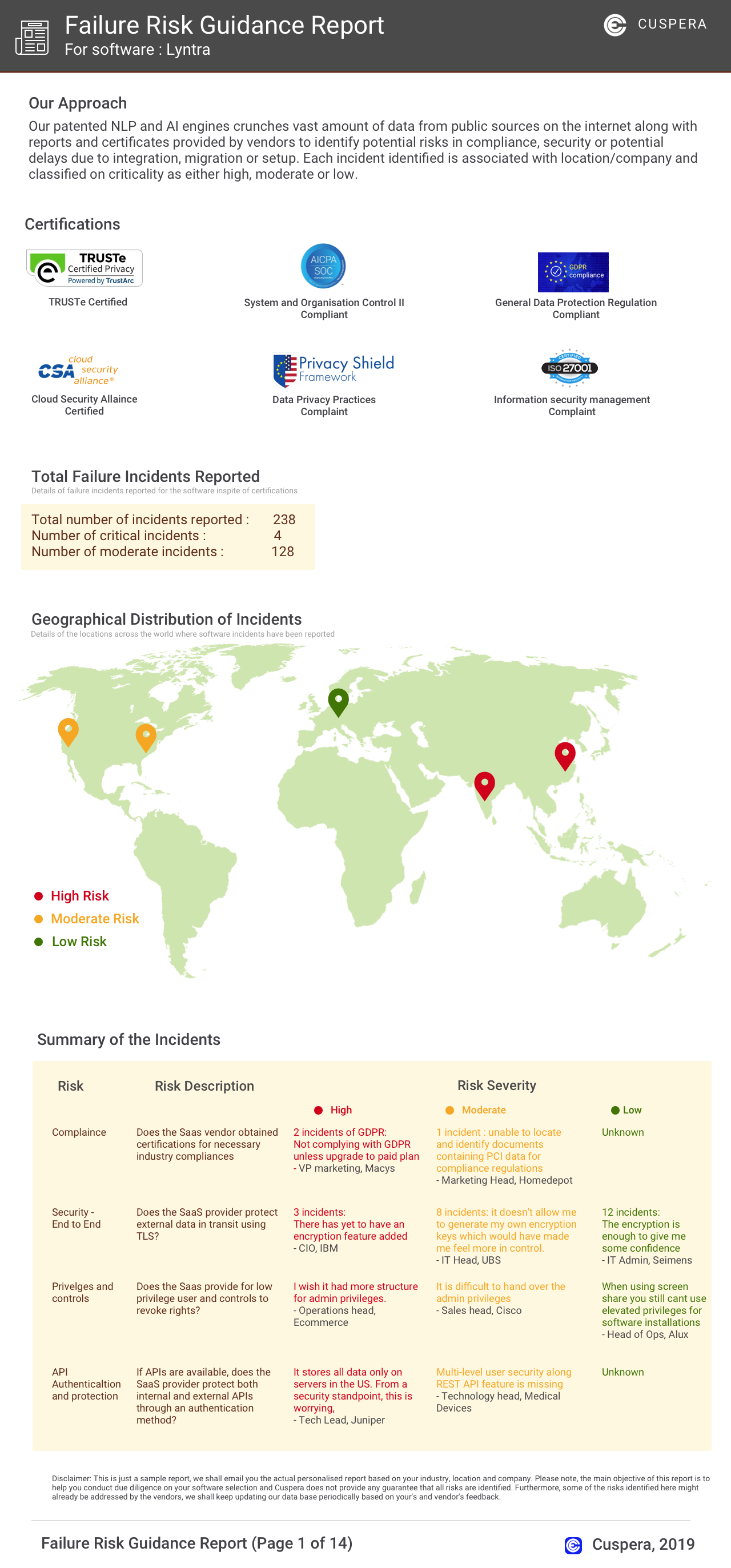Overview: Espatial Mapping and Salesforce Maps as Field Sales Category solutions.
Espacing Mapping and Salesforce Maps are both key players in the Field Sales solutions category, offering distinct capabilities and features tailored for diverse business needs. Espacial Mapping is well-suited for mid to large-sized enterprises, with robust support and a focus on analytics and reporting. Salesforce Maps, with its strong emphasis on customer acquisition and relationship enhancement, is popular among small to large enterprises, particularly in tech and education sectors. Both provide comprehensive vendor support, but they cater to different industry preferences and operational scales.
Espatial Mapping: Espatial-mapping offers mapping, routing, and territory optimization software for sales, marketing, and operations. It is a fast, powerful, and easy-to-use solution with data visualization.
Salesforce Maps: Salesforce Maps helps visualize data for better decision-making and streamlines field operations. Account visits are optimized for efficiency and effectiveness.
Espatial Mapping and Salesforce Maps: Best Use cases based on the customer satisfaction data
Key Capabilities Supported
Espacing Mapping enhances helpdesk management, proposal, and quote processes, matching the operational needs of managerial tasks. read more →
Salesforce Maps facilitates lead generation, campaign management, and customer engagement, aligning with sales-driven operations. read more →
Business Goals
Espacing Mapping focuses on increasing sales and revenue while entering new markets, fitting strategic growth ambitions. read more →
Salesforce Maps excels in acquiring customers and enhancing relationships, catering to businesses aiming to bolster customer connections. read more →
Core Features
Analytics and custom reports are signature features in Espacing Mapping, supporting users needing rich data insights. read more →
Salesforce Maps offers extensive custom reporting and integration, essential for adapting to varied IT ecosystems. read more →
Vendor Support
Espacing Mapping provides 24/7, chat, phone, and email support, aligning with complex operational requirements. read more →
Salesforce Maps includes comprehensive 24/7 support and communication channels, reflecting user preferences for responsive service. read more →
Segments and Industries
Espacing Mapping is used by mid-market to large enterprises, thriving in manufacturing and marketing sectors. read more →
Salesforce Maps is adopted widely by small to large enterprises, with a stronghold in IT, education, and medical devices. read more →
Operational Alignment
Espacing Mapping integrates well into workflows of larger businesses, optimized for broad operational contexts. read more →
Salesforce Maps fits diverse operational scales, with flexibility for both small businesses and larger enterprises. read more →
Failure Risk Guidance?
Compliance Risk
{{{rsh_C_1}}}
{{{rsh_C_1}}}
Security & Privacy Risk
{{{rsh_C_1}}}
{{{rsh_C_1}}}
Integration Risk
{{{rsh_C_1}}}
{{{rsh_C_1}}}
Migration Risk
{{{rsh_C_1}}}
{{{rsh_C_1}}}
IT and Other Capabilities
- Low
- Medium
- High
Data
Support
Others
Most deployed common Use Cases for Espatial Mapping and Salesforce Maps
What solutions does Espatial Mapping and Salesforce Maps provide for Advertisement?
Espatial Mapping in Action: Unique Use Cases
How efficiently Does Espatial Mapping manage your Helpdesk Management?
What solutions does Espatial Mapping provide for Collaboration?
Salesforce Maps in Action: Unique Use Cases
What Are the key features of Salesforce Maps for Engagement Management?
What solutions does Salesforce Maps provide for Campaign Management?
How does Salesforce Maps address your Generation Of New Leads Challenges?
Alternatives
News
Latest Salesforce Maps News
HCLTech joins Salesforce as an Agentforce Partner to drive agentic AI innovation - CRN
HCLTech partners with Salesforce to enhance AI innovation through the Agentforce program.
















